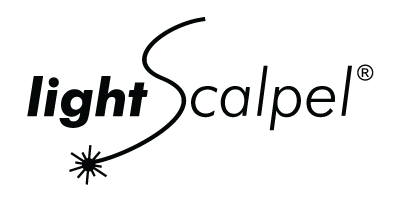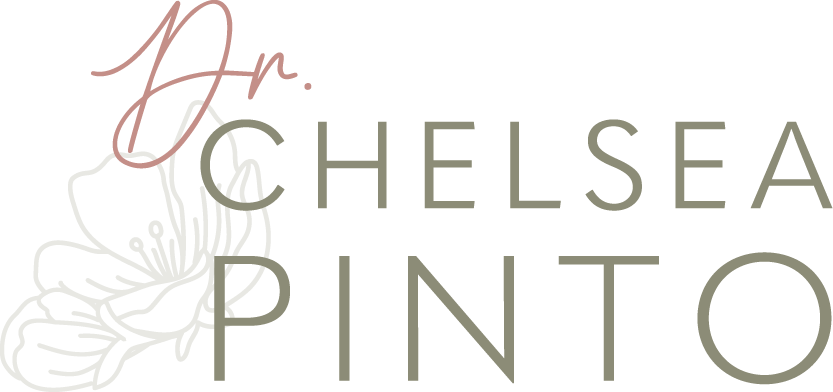Los Angeles Infant Tongue & Lip Tie Specialist
Los Angeles Infant Tongue & Lip Tie Specialist
Dr. Chelsea Pinto Explains
Infant Tongue Tie
What is a Tongue Tie?
For approximately 5-10% of babies, the tongue and floor of mouth separation process is disrupted in utero, leading to an abnormally short lingual frenulum (connective tissue remnant). Different presentations may restrict tongue range of motion to varying degrees, and may impact oral motor development, feeding skills and breathing habits even in infancy. A tongue tie diagnosis and treatment recommendation should be made based upon a true functional limitation. Simply seeing a frenulum under the tongue does not mean it is restricting tongue range of motion! Feeding assessments from appropriate specialists provide crucial insights on a baby’s oral motor skills and it takes an experienced provider to thoroughly investigate anatomical presentation and associated symptoms. The medical term for tongue tie is “ankyloglossia” and studies show the defect is hereditary.
Infant Tongue Tie Symptoms
The following signs are common amongst infants with tongue and lip ties and their mothers. However, it is important to note that these signs can be linked to other breastfeeding problems and are not solely related to ties.
- flattened nipples after breastfeeding
- nipple pain and damage
- prolonged feedings
- poor breast drainage
- decreased milk production
- noisy suckling or clicking
- popping on and off the breast
- leaking on the sides of the mouth
- poor weight gain
- coughing or gagging
- lip blisters
- gas pain
- noisy breathing/snoring sounds when sleeping
- reflux or colic symptoms
How can a tongue tie affect breast and bottle feeding?
I would do it a million times over. I’m glad I did it so early so that I didn’t give up on breastfeeding.
Jen
Mom of Tongue Tie Patient, 1 Week Old
Meet Dr. Pinto
Dr. Pinto is the only dentist in Los Angeles that has solely dedicated her practice to focus on infant tongue and lip ties. She has successfully treated thousands of babies with oral restrictions and prioritizes compassionate, individualized care.
Dr. Pinto strives to instill a sense of confidence in parents by providing them with the tools and knowledge to support their child’s oral motor skills, including appropriate therapeutic and feeding support referrals for a holistic, comprehensive approach.

My son Nicholas had a lisp, was unable to sleep through the night & didn’t breastfeed. The treatment was an easy 2-minute thing. The next day, he slept through the night for 12 hours & now speaks clearly. It is absolutely worth it for your child’s future!
Courtney
Mom of Tongue Tie Patient, 20 Month Old
What Other Practitioners Have To Say

“Dr. Pinto is that rare professional who combines medical knowledge and specialized expertise with an unrelenting work ethic. She is directly responsible for dramatically improving the quality of everyday life for her patients.”
Sanda Pinkerton – Myofunctional Therapist

“As a local lactation consultant, it’s great to know there is a compassionate, skilled provider in the area to send my families to when there is a suspected oral restriction. I cannot speak highly enough of Dr. Pinto and her practice. She not only identifies and treats tongue and lip tie, but she is a champion of breastfeeding and advocate for parents wanting the best for their children’s oral health and hygiene.”
Julie Matheney – MS, CCC-SLP, CLEC, IBCLC

“As a postpartum doula, my client’s care is my top priority. Dr. Pinto takes the time to create an environment where my already nervous parents can feel not only at ease, but heard. Her bedside manner is to be commended – she walks parents through her evaluation, always educating and answering any questions my clients might have. She makes her recommendations based on what is needed only, always allowing time alone in her office for parents to discuss and make the decision they best see fit for their baby. Dr. Pinto is respectful and supportive. I have witnessed first hand how gentle she is with babies and treats them as she would her own.”
Vanessa Garcia – Postpartum Doula






